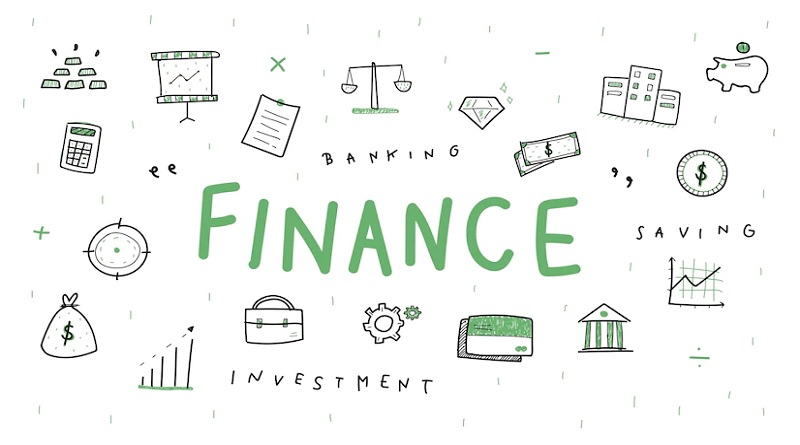Marketing automation is a smoking hot topic for financial services companies like banks, credit unions and mortgage companies. Here’s why.
Financial institutions offer consumer and commercial products, as well as referral partners that drive sales, and each target segment requires a different approach to reach untapped consumers. This results in a lot of “marketing automation ground” to cover. With fintech disruption and similar products across banks, differentiating is a challenge.
The typical financial institution organization is very data-rich with back-office data and core banking data, but figuring out the front-end marketing to hit all the right buttons is not easy, particularly given the highly regulated nature of the financial sServices industry. Companies have to get their digital marketing strategy and automation right if they want to hit revenue growth targets and financial services companies are no exception.
For Pacific Point, a Salesforce consulting firm in Denver, we have seen financial services organizations topping the list of industries implementing marketing automation more than any of the other industries we serve, which include primarily health and life sciences, public sector and financial services. Bringing data sources together to create very targeted segments, and adjust a customer experience based on real time data from other sources – such as your customer relationship management (CRM) or other internal systems – elevates marketing automation. Tying in email, SMS, web forms, and advertising data allows financial services organizations to be personalized for the best results.
If you aren’t sure where to start, here are some of the most common starting points that we’ve seen financial services companies use to ignite marketing automation.
1. Create a customer journey
Welcoming and onboarding a new customer is a great way to leverage marketing automation. For example, onboard customers who just signed up for your deposit services with a welcome email containing a checklist of things that can optimize their banking experience with you. As they complete tasks – such as signing into online banking, enrolling in mobile banking, signing up for paperless statements, setting up automated billing, etc. – send personalized updates through the journey, sharing relevant tips and information along the way. Onboarding customers can apply to any new product or service and is a fantastic way to create a truly personalized customer experience.
2. Market to referral partners
Commercial and residential real estate agents are a great referral source for banks to gain new business. Drip campaigns on the latest rates and promos are a great way to be top-of -mind to these agents. This option can apply to many lines of business and is sometimes a preferred starting point because it is typically a simple way to start. Also, layering on advertising is a good next step for this target segment.
3. Create opt-in opportunities
The United States Federal Communications Commission (FCC) regulations limit SMS marketing to those who intentionally opt-in to receive messages. Salesforce Marketing Cloud easily hands simple unsubscribe of future emails and text messages, but what if you don’t have the opt-in to begin with? Starting with a promo or giveaway and requesting opt-in at the end of the form is an easy way to get started. Make it phygital (blending digital experiences with physical ones) by having these promotions advertised in your branches and offices, events, and through social, website, etc.
Once you get started in marketing automation, it sparks a flame that lives eternally, a unique long-lasting relationship with each and every customer.
Schedule a call to hear more about Pacific Point’s Salesforce marketing automation solutions.
Pacific Point is a certified Salesforce Consulting Partner, founded in 2011. Pacific Point is headquartered in Honolulu, Hawaii, with locations in Denver, Sydney and Singapore. Pacific Point has a 5 star AppExchange rating, successfully delivering valuable customer relationship management (CRM) solutions across a wide range of industries and clients.








